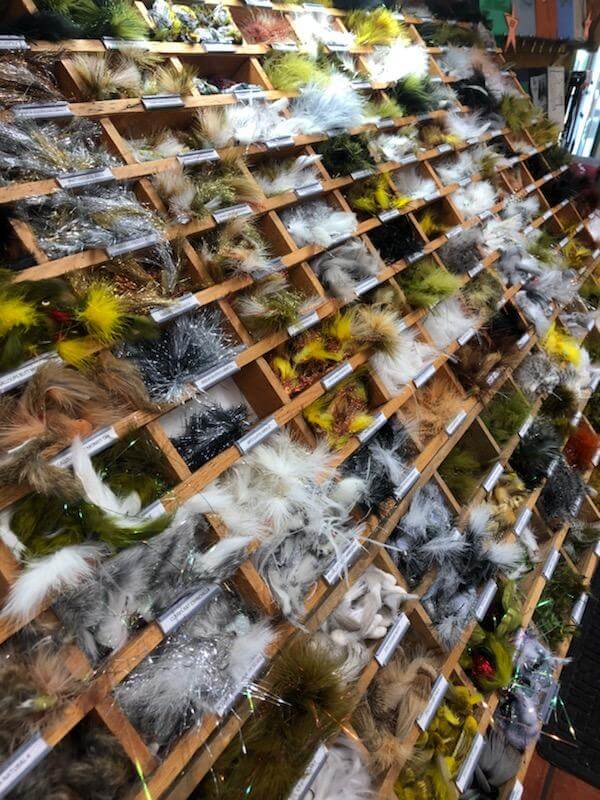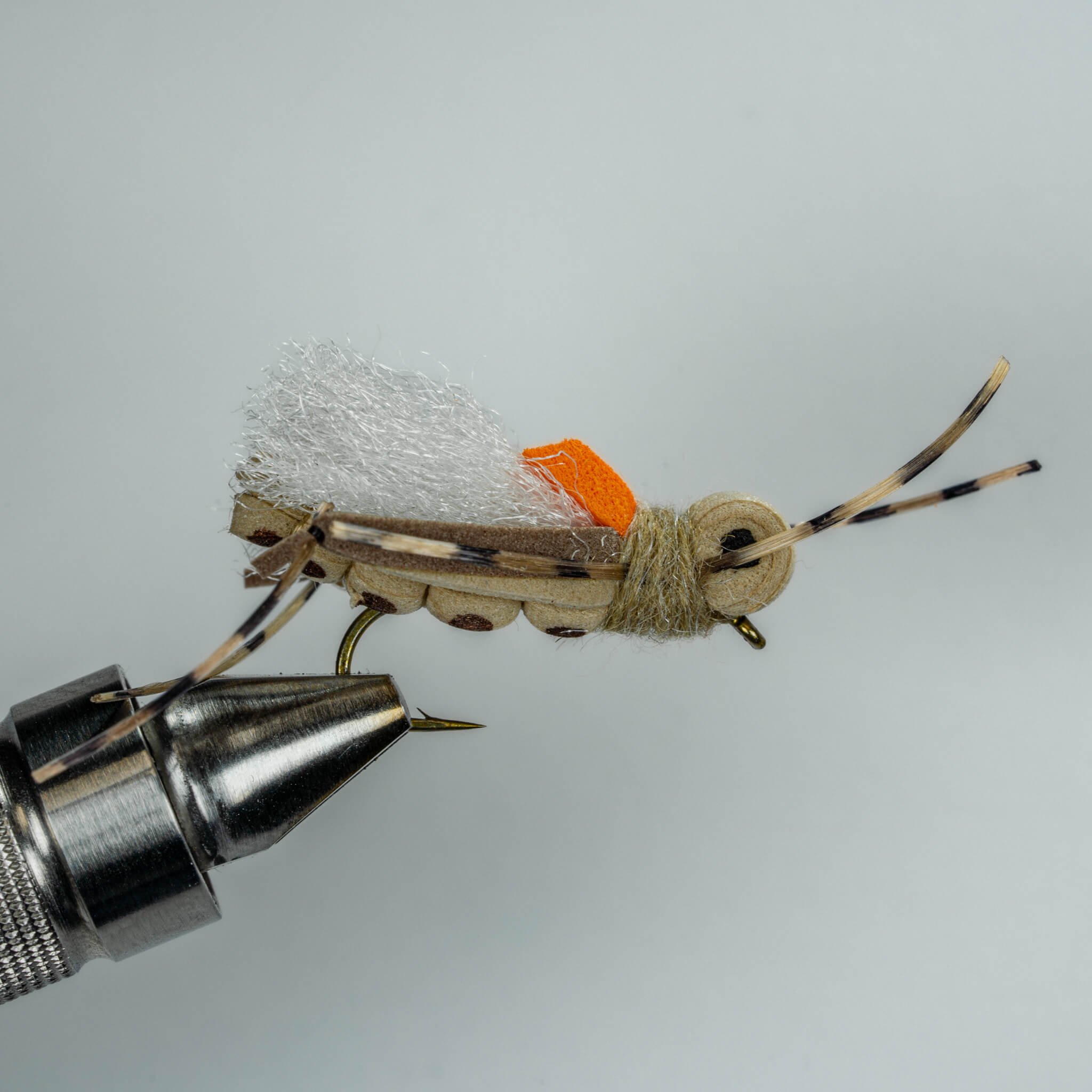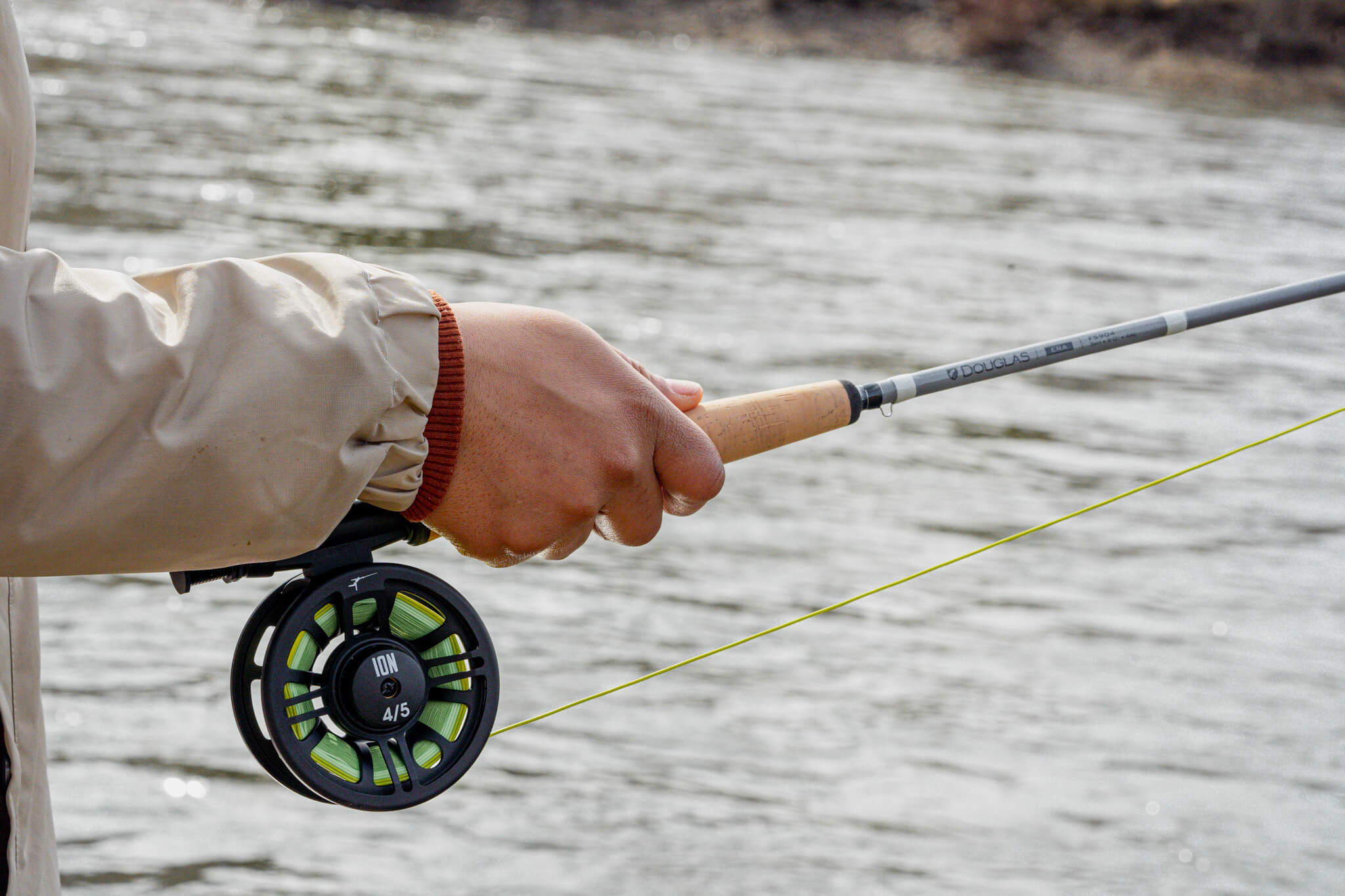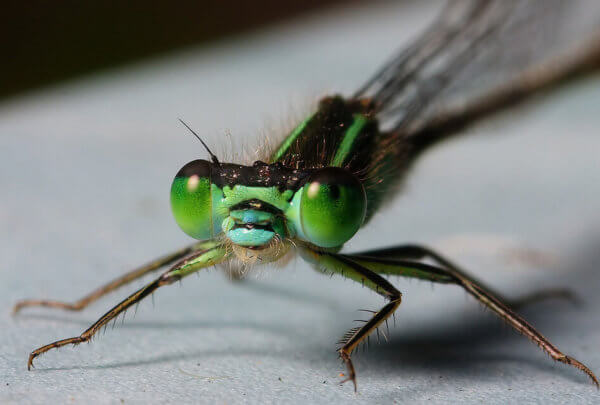Identifying Insects
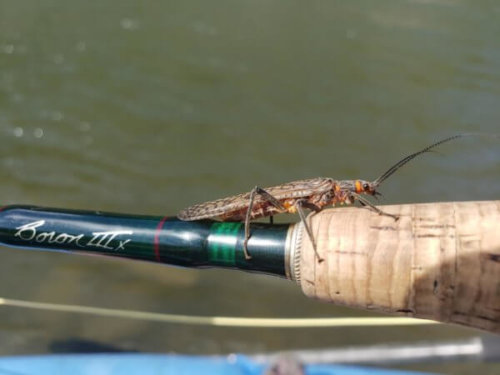
As you start fly fishing, it’s quickly all about the bugs. Mayflies, Caddis and Stoneflies. All of a sudden, it’s important to know what insects are flying around the water. It’s important for your success to be good at identifying insects, and important when talking to others about what’s going on. It feels like a lifetime process to figure out insects, and with more time on the water, you find out insect and fly knowledge is critical. Identifying insects is easier than you think it is.
A guy strolls down the street walking a chihuahua, and you think, nice dog. Another guy comes down the street walking a Great Dane, and you think, nice dog.
What could possibly make you think both those were dogs? They’re pretty dissimilar on first glance! Well, it’s familiarity. Both have tails, toenails, 4 legs, elongated snouts, cold noses and canine teeth. It all adds up to dog. You’ve seen them all your life, and it’s a no brainer to ID a dog from a cat, a hamster or an elephant.
Same applies to identifying insects of the river. Go to our hatch pages and LOOK at the mayfly pictures. They all have the same characteristics. Elongated bodies, large wings sticking up, 6 legs, tiny heads. Look for similarities, not differences. Once you ID your first mayfly, the rest are easy. Look for the things that are alike. Don’t sweat size and color for ID, look for shape and silhouette.
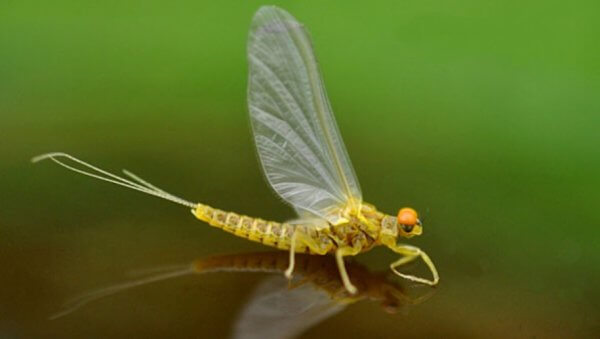
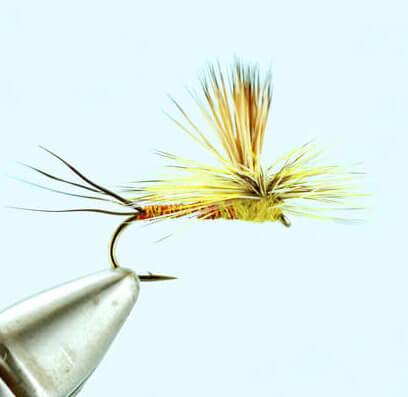
The same applies for caddis and stoneflies. They have similar characteristics- ID one and you can now identify any caddis or stonefly. Watch them fly. Caddis fly differently than stoneflies, which fly differently than mayflies. Soon, you’ll be able to ID them on the fly! Not as hard as it sounds.
Do the same for the flies. Again, go to our hatch pages and look at the fly pictures. Don’t focus on color, focus on the shape and silhouette. You’ll find all mayfly imitations have basically the same shape. So do caddis and stonefly imitations. It makes sense. If you’re imitating a mayfly, it needs to imitate the elongated body and upright wing. Color and size will be important when fishing, but not when trying to figure out what’s flying over the water.
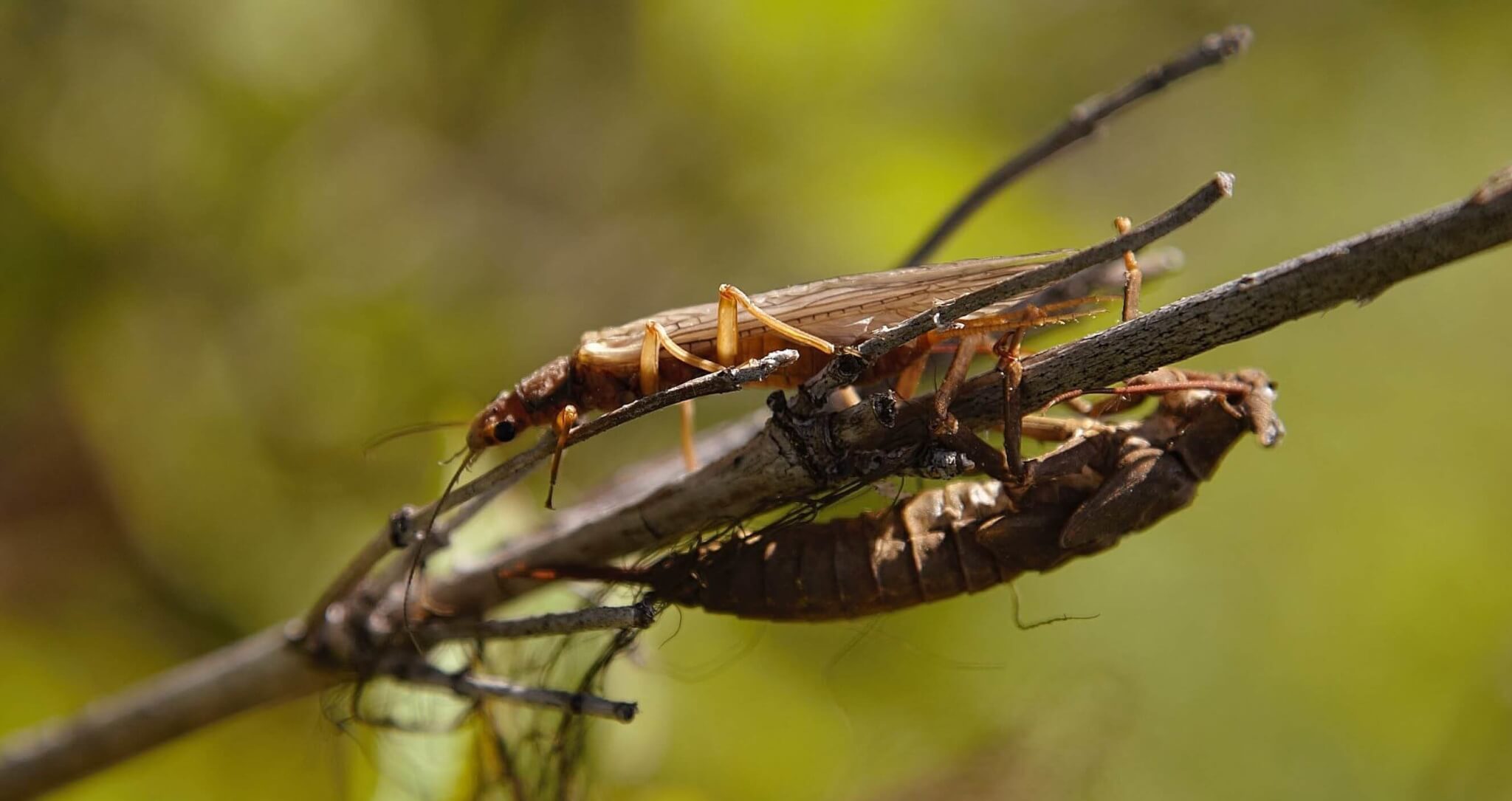
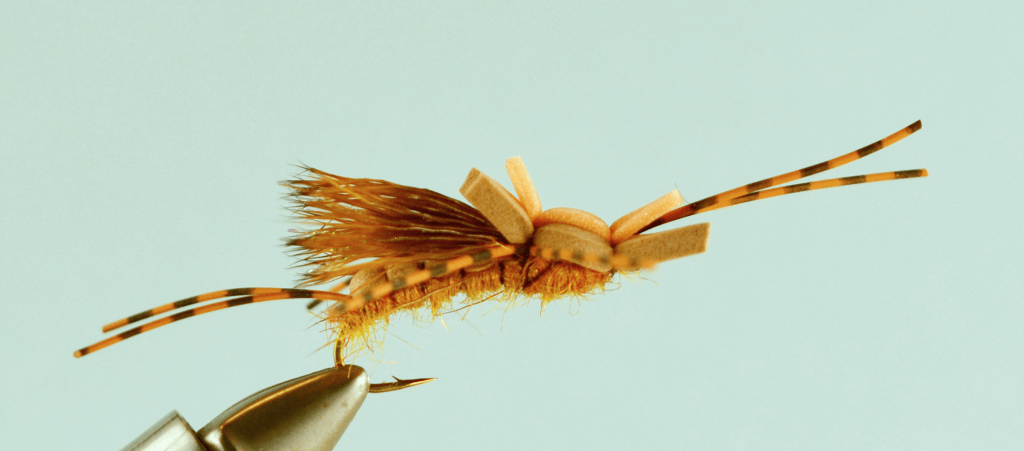
Bugs can be intimidating to the novice angler. Truthfully, we’ve found fly shops can be intimidating to novices as well. You walk into a shop wondering what that big green bug is you saw yesterday, and there’s an intense discussion going on about the difference between Flavilinea and Drunella Grandis, and you start to think, this is a bit beyond me.
It’s not that complicated. You can make it that complicated, but it doesn’t have to be. Choosing a fly can be as simple as seeing an 18mm green bug on the water, and tying on an 18mm green fly. Problem solved. You don’t need to know the name to go fishing!
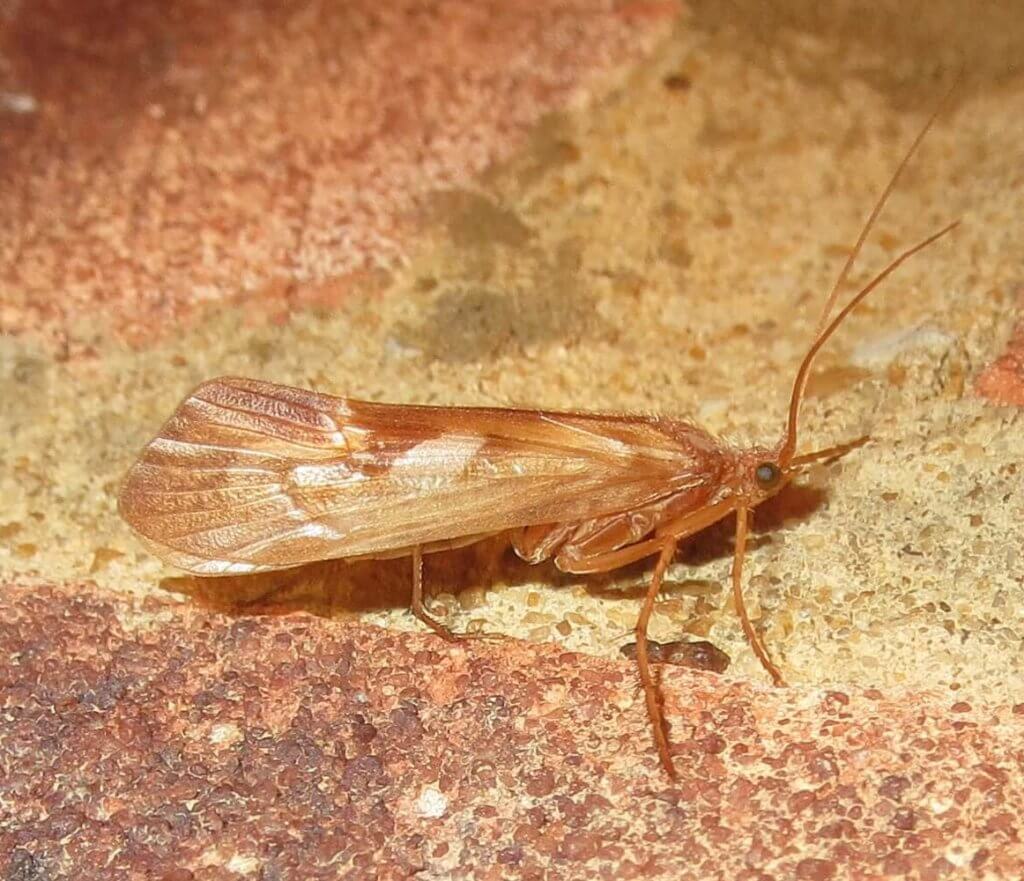

With the intense shop discussion done, you ask your question. The answer is the fly you saw is a Green Drake. It’s the same fly that was just under discussion, only you’re not talking about it in Latin. Turns out it’s a mayfly, which is what you thought after learning to look at the shape and size. All you needed was the name. Now you know what to buy to make your next day on the water more successful.
We’ve said it before and we’ll say it again, check out our hatch pages and learn everything you need to know about the hatches. From life cycle, to tips on fishing each hatch, to what flies match each hatch, and much more. It’s all here in one spot. Click the picture below and start learning!
